Identifying fake seeds is crucial for successful gardening. This beginner-friendly guide delves into the key disparities differentiating genuine seeds from counterfeit ones. Gardening enthusiasts often encounter the challenge of distinguishing between these two types, which can significantly impact the health and yield of their plants. By understanding the subtle yet essential differences, you’ll be better equipped to ensure the growth of healthy, vibrant plants.
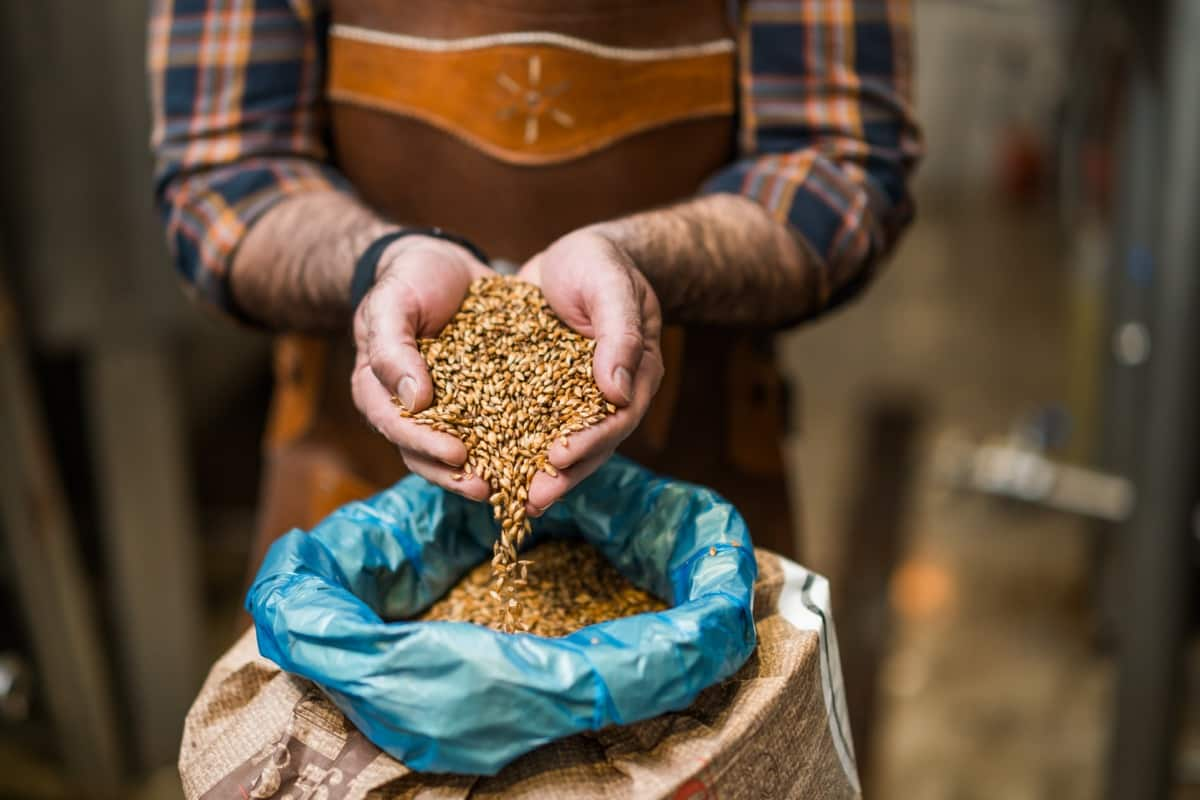
How to Identify Fake Seeds
What is Identifying Fake Seeds?
Identifying fake seeds involves distinguishing genuine, high-quality seeds from counterfeit or inferior ones. It is a critical skill for gardeners and farmers, as fake seeds can lead to poor crop yields, wasted resources, and financial losses. The key to this identification lies in examining various aspects of the seeds, such as their appearance, packaging, and source. Genuine seeds exhibit uniformity, proper labeling, and certification, while counterfeit seeds often lack these attributes.
What are Counterfeit Seeds?
Counterfeit products pose a significant risk to farmers, consumers, and the environment due to their unknown compositions and lack of testing and approval. Their biological efficacy is unpredictable, causing complete damage to treated crops. Counterfeit seeds can significantly reduce crop yield and deteriorate produce quality, leading to harvest loss.
Counterfeit crop protection products and seeds mimic original products, often featuring adulterated labeling and packaging. These sophisticated counterfeits are difficult to distinguish from originals, leading to unintentional purchases by distributors and farmers. The content of these products, including crop protection and seeds, is always unknown, and their biological efficacy and performance are unpredictable.
Understanding the Importance of Authentic Seeds
- Yield: Authentic seeds are bred to produce high yields, which means more crops can be harvested per acre of land.
- Quality: Authentic seeds produce highly quality crops, which means they are more appealing to consumers and can command higher prices.
- Disease resistance: Authentic seeds are bred to resist diseases that can damage crops so farmers can avoid losses due to crop damage.
- Pest resistance: Authentic seeds are bred to resist pests that can damage crops so that farmers can avoid losses due to pest damage.
- Adaptability: Authentic seeds are bred to be adaptable to different growing conditions, which means they can be grown in different environments.
- Sustainability: Authentic seeds are bred to be sustainable, which means they can be grown without degrading the soil or harming the environment.
- Food security: Authentic seeds are important for food security, as they ensure that crops can be grown reliably and sustainably to feed the growing population.
- Research: Authentic seeds are important for research, as they provide a consistent and reliable basis for scientific studies.
- Education: Authentic seeds are important for education, as they provide a tangible example of the principles of biology and agriculture.
In case you missed it: Red Rice Farming Practices: From Seed to Harvest
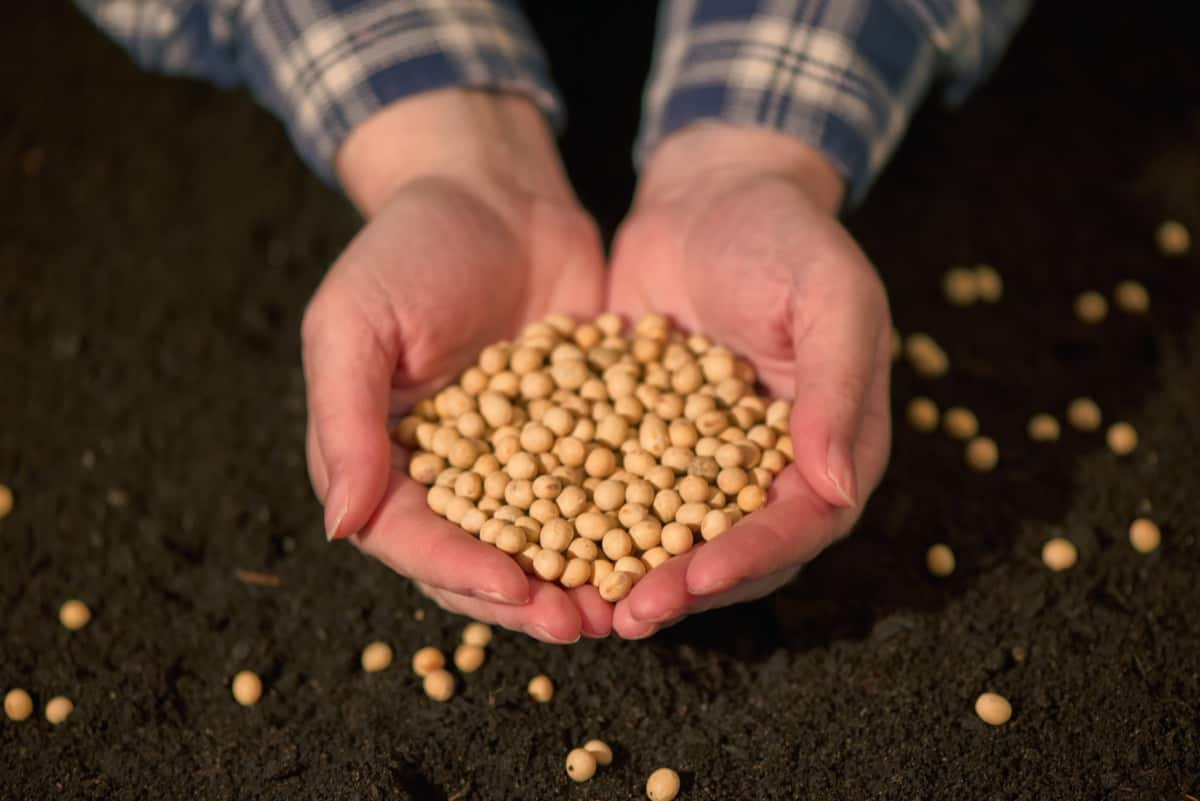
Key Differences Between Real and Counterfeit Seeds
- Quality: Authentic seeds are of high quality and produce crops that are more appealing to consumers and can command higher prices, while counterfeit seeds are of substandard quality and can reduce the crop yield and deteriorate the produce’s quality.
- Yield: Authentic seeds are bred to produce high yields, while counterfeit seeds can dramatically reduce crop yield and lead to a complete harvest loss.
- Disease Resistance: Authentic seeds are bred to resist diseases that can damage crops, while counterfeit seeds are not tested, and their biological efficacy is unpredictable.
- Pest-resistant seeds are bred to be resistant to pests that can damage crops, while counterfeit seeds are not tested, and their biological efficacy is unpredictable.
- Adaptability: Authentic seeds are bred to be adaptable to different growing conditions, while counterfeit seeds are not tested, and their biological efficacy is unpredictable.
- Sustainability: Authentic seeds are bred to be sustainable, while counterfeit seeds can harm the environment and degrade the soil.
- Food Security: Authentic seeds are important for food security, while harvest loss leads to a complete harvest loss.
- Research: Authentic seeds provide a consistent and reliable basis for scientific studies, while counterfeit seeds are not tested, and their biological efficacy is unpredictable.
- Education: Authentic seeds provide a tangible example of the principles of biology and agriculture, while counterfeit seeds are not tested, and their biological efficacy is unpredictable.
- Compliance: Using authentic seeds ensures compliance with regulations and laws governing the use of seeds and crop protection products, which helps to protect farmers, consumers, and the environment.
Physical Appearance of Real and Fake Seeds
- Real seeds typically exhibit uniform size, shape, and color, while fake seeds may vary.
- Real maize seeds, for example, have consistent yellowish kernels of uniform size, whereas counterfeit maize seeds may have irregular shapes, sizes, and colors.
- Genuine rice seeds are uniform and often have a characteristic hull, whereas fake rice seeds may lack these traits.
- Real seeds are healthy and plump, whereas counterfeit seeds may appear withered, discolored, or damaged.
- The physical appearance of real seeds reflects their quality and potential for germination, while fake seeds often lack these desirable characteristics.
Packaging and Labeling Discrepancies
Packaging and labeling discrepancies refer to inconsistencies or errors in the packaging and labeling of products compared to their stated contents or quality. These discrepancies can have significant implications for consumer safety and trust. One notable case involves the food industry, particularly the mislabeling of seafood products.
In case you missed it: Best Place to Buy Plant Seeds Online in India: For Vegetables, Flowers, Fruits, Herbs, and Hybrid Seeds
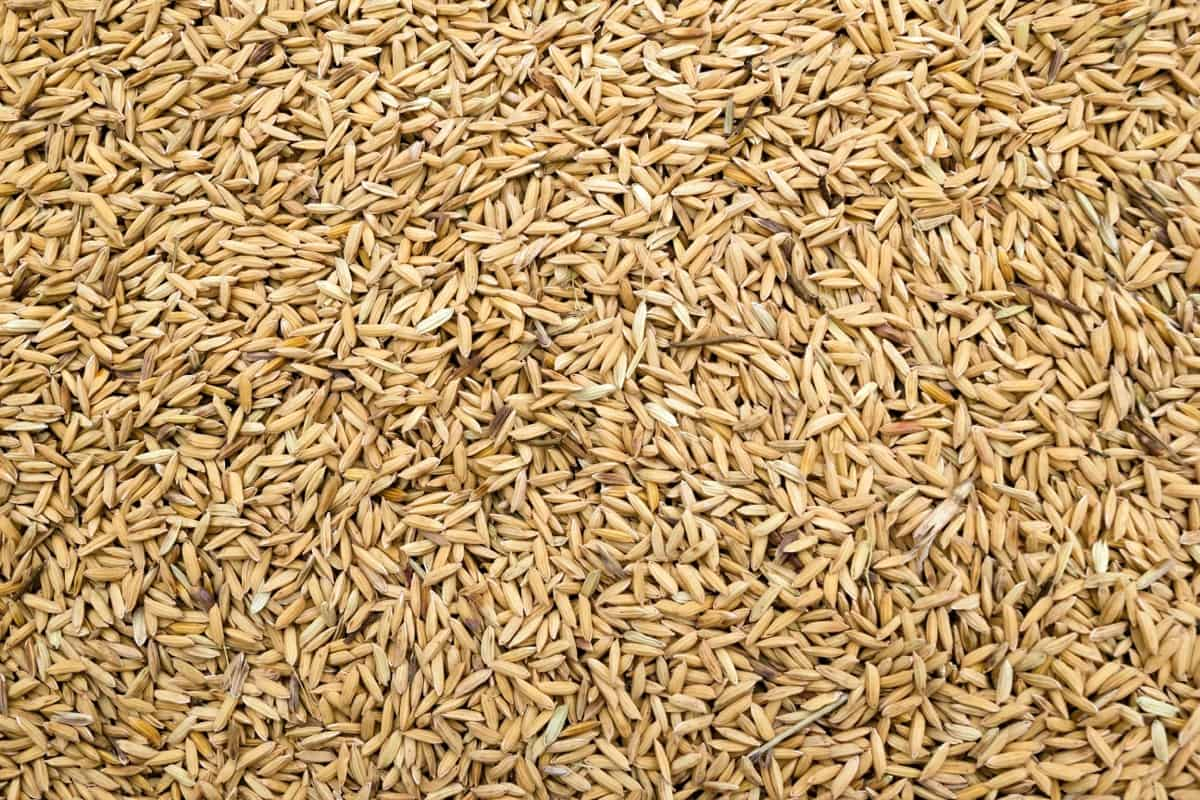
For instance, a package labeled as “wild-caught salmon” may, in reality, contain farm-raised salmon. This mislabeling not only deceives consumers but also poses potential health risks, as farm-raised and wild-caught salmon may differ in terms of environmental impact and nutritional value.
Another example is pharmaceuticals, where packaging and labeling discrepancies can lead to serious health consequences. In 2012, a case emerged where counterfeit versions of a cancer medication called Avastin entered the supply chain. These counterfeit drugs had incorrect packaging and labeling, potentially putting patients at risk due to the lack of proper treatment.
Germination Rate and Seed Viability
Seed viability and germination rate are crucial for plant growth, but counterfeit seeds can significantly impact crop yields and food security. In sub-Saharan Africa, counterfeit seeds are estimated to account for as much as half of all seeds sold in some African countries. These seeds have lower germination rates than genuine ones, potentially resulting in crop production below potential. For most species, a germination rate of 90% or more is considered good, while a 50% or lower rate is considered too low, causing the seed to be discarded and replaced with newer seeds.
Genetic Purity and Varietal Characteristics
Genetic purity is the degree of genetic purity in a seed lot, ensuring it is true to type and free from contamination. Seed producers and plant breeders must maintain crop sustainability and achieve high genetic purity in different environmental conditions and generations. Molecular markers are used in genetic purity assessment to detect contamination due to selfing and outcrossing in hybrid seed lots. Other tests for genetic traits and varietal identification include ploidy by cytometry, Clearfield Wheat Bioassay, and Varietal Fluorescence Level.
Seed Testing and Certification Processes
Seed testing and certification processes ensure farmers can access high-quality seeds free from genetic contamination and true to type. Seed certification evaluates and verifies the genetic purity, physical quality, and overall performance of seeds before they are sold to farmers. State seed certification agencies oversee this process, which requires field inspection and laboratory analysis. After harvest, a sample of the seed crop must be verified by an official seed certification laboratory for germination and purity analyses.
Seed testing laboratories are essential organizations in seed certification and quality control programs. Seed testing aims to obtain accurate and reproducible results regarding the quality status of seed samples submitted to the laboratory. The purity analysis of a seed sample determines the different components of purity, such as pure seeds, weed seeds etc.
Counterfeit seeds can cost farmers up to two-thirds of their yields, risking global food security. Researchers have developed a tiny, biodegradable tag that can be applied directly to seeds and provides a unique, randomly created code that cannot be duplicated. Seed certification and testing can help prevent counterfeiting by ensuring that only high-quality seeds are sold to farmers.
In case you missed it: Paddy Cultivation through Direct Seeding Technology: A Profitable Rice Production Method
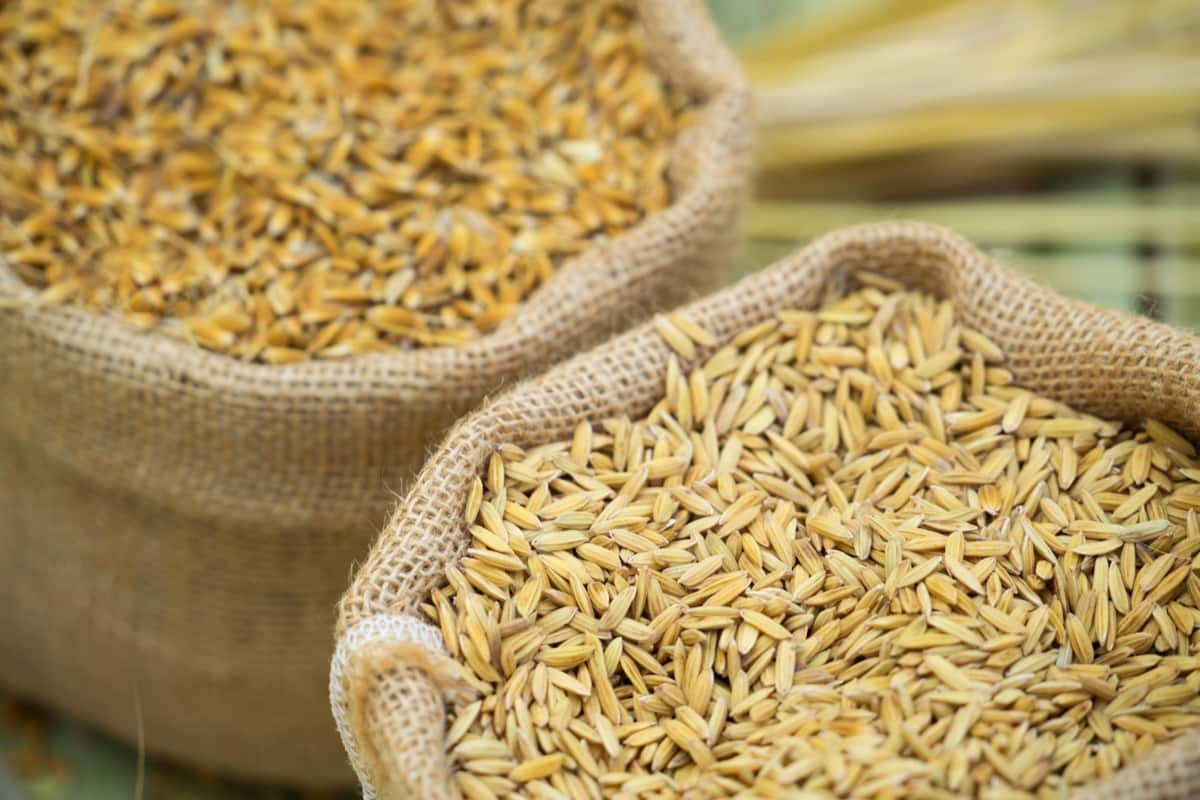
Quality Control Measures for Authentic Seeds
Quality control measures ensure farmers can access high-quality seeds free from genetic contamination and true to type. Seed certification, overseen by state seed certification agencies, evaluates genetic purity, physical quality, and overall performance of seeds before they are sold. Purity analysis determines the purity components, such as pure seeds, other crop seeds, weed seeds, and inert matter.
Field inspection ensures the seed crop is planted from the proper class, has appropriate isolation, and is free of problem weeds and diseases. Laboratory analysis is conducted after harvest, ensuring the seed crop meets the standards set by the seed certifying agency. Internal quality control systems are also essential for smaller, independent specialty seed companies to ensure the seed crop meets the standards set by the seed certifying agency.
Recognizing Suspicious Seed Sources
Farmers should be cautious when purchasing seeds from sources that need to be certified or reputable. It is important to look for seeds certified by state seed certification agencies that have passed field inspection and laboratory analysis. Purity analysis and laboratory analysis are critical to ensure that the seed crop is of high quality and meets the standards set by the seed certifying agency. Additionally, farmers should be aware of new technologies, such as biodegradable tags, that are being developed to prevent counterfeiting.
Common Types of Fake Seeds in the Market
Fake seeds are a common issue in the market, including sub-par quality seeds, mislabelled seeds, contaminated seeds with weeds or invasive species, tampered or genetically modified seeds, harmful chemicals, improper storage, harvested from diseased plants, exposed to pesticides or chemicals, contaminated soil, and exposed to radiation or other harmful environmental factors. These seeds can have higher levels of weeds, invasive species, tampering, and improper storage.
Risks Associated with Using Counterfeit Seeds
Counterfeit seeds can lead to reduced crop yields, economic loss, environmental damage, health risks, and legal risks. Genuine seeds have higher germination rates, potentially causing crop production below potential. Fake seeds can cost farmers over two-thirds of expected crop yields, risking global food security. They can also be treated with harmful chemicals, posing health risks to farmers and consumers. Legal risks include fines, legal action, and damage to a farmer’s reputation.
In case you missed it: Growing Buffalo Grass from Seed: A Step-By-Step Production Guide
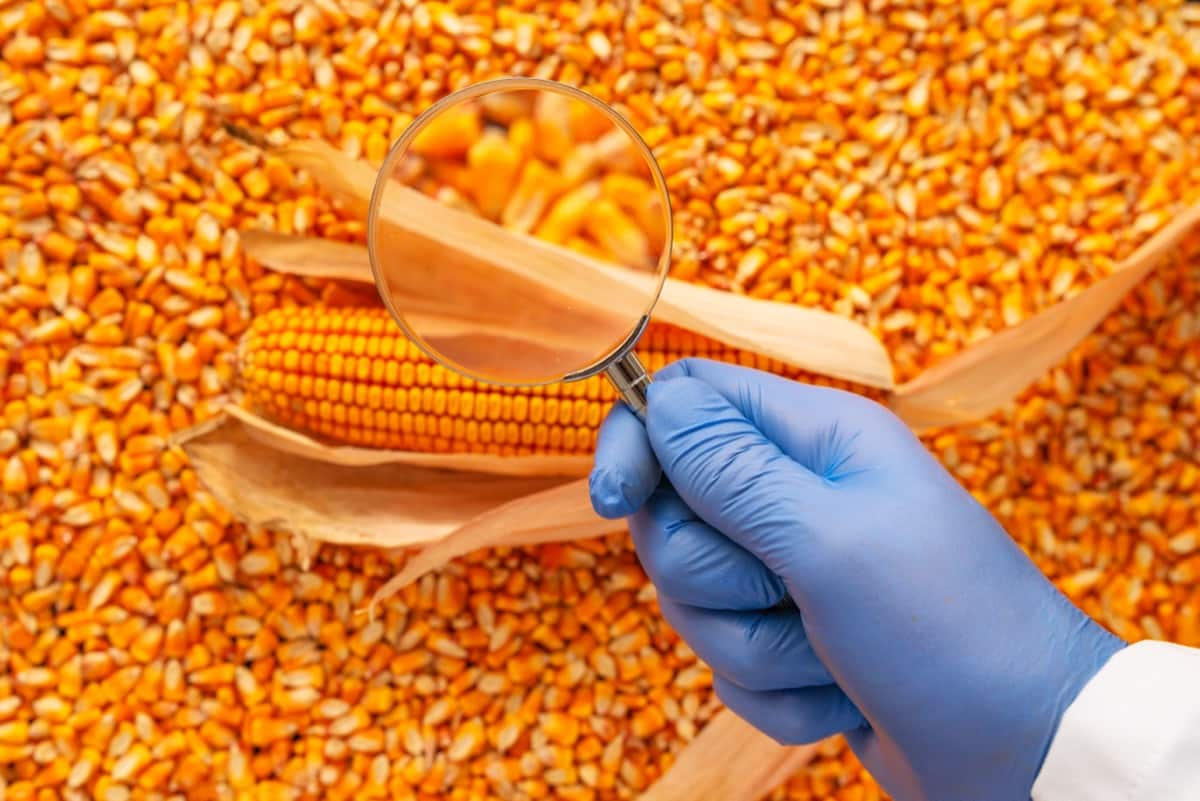
Legal Implications of Selling or Distributing Fake Seeds
In India, the fight against counterfeit and fake seeds increasingly relies on the legal system, with farmers facing fines, legal action, and damage to their reputation if caught selling or distributing fake seeds. Illegal seed practices negatively impact field productivity, regulatory systems, and farmer livelihoods. They pose a significant threat to global food security and sustainable agriculture efforts.
Intellectual property implications may reduce farmers’ access to reputable products. Illegal seeds can also be products that must be properly regulated, distributed, or sold legally. Examples include stolen seeds during production and distribution, stolen from commercial trials, unknown seeds in counterfeit packaging, and online seed trading through unlicensed dealers.
Steps to Verify the Authenticity of Seeds
- Almost 25% of India’s seeds, pesticide, and fertilizer market is counterfeit or illegal.
- Illegal and counterfeit seed circulation, fraudulent labeling, intellectual property infringements, trademark infringements, regulatory offenses, and theft of proprietary material are increasing every year.
- Fake or substandard seeds are a huge burden on the economic well-being of Indian farmers already struggling with enormous financial challenges.
- Illegal seed practices mislead and exploit farmers, and they are a leading cause of crop damage, which causes immense loss to farmers.
- Blockchain and traceability technologies can improve supply chain security by addressing challenges. However, increasing education and awareness among farmers, dealers, and suppliers is crucial.
- A Phygital approach, combining physical authentication and digital traceability, is recommended for industries with a higher risk of illicit practices.
- The Ministry of Agriculture 2019 introduced a traceability system, allowing farmers to trace the quality and purity of seeds using QR codes. This simple software-enabled system aims to address these challenges and enhance the ecosystem.
- Telangana hopes to use blockchain to monitor the supply and quality of seeds, and Jharkhand also announced the implementation of blockchain to track seed distribution.
Tips for Purchasing Genuine Seeds
Buy from reputable sources such as certified seed producers, companies, and online retailers. Check for certification by state seed certification agencies and ensure the seeds have passed field inspection and laboratory analysis. Read reviews from other gardeners to find successful companies. Avoid suspicious sources and opt for quality crops that will make a successful seed business. Ensure the seeds are authentic to avoid fake or counterfeit ones. Be aware of scams, such as fake Chinese seed scams, and report any suspicious activity to authorities.
In case you missed it: Seed Sowing and Harvesting Chart for Vegetables in the USA
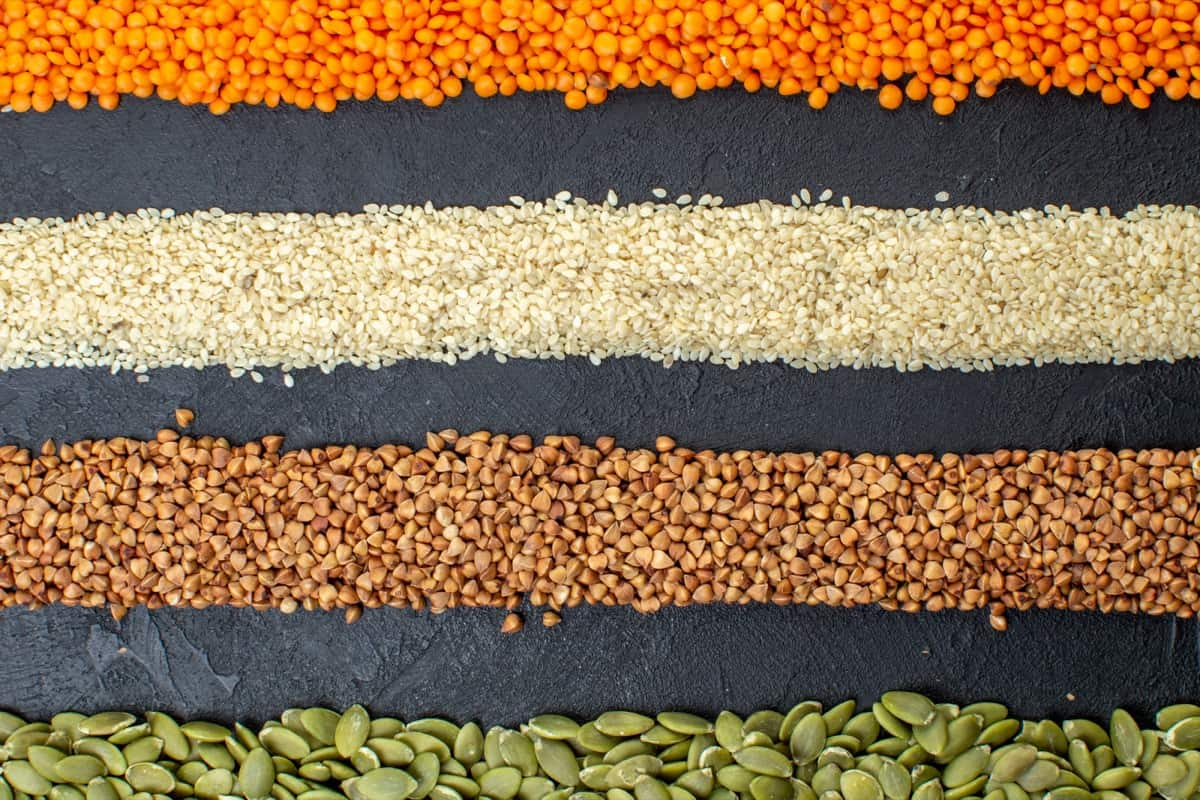
Conclusion
Counterfeit seeds can cost farmers more than two-thirds of expected crop yields, putting global food security at risk. Illegal seed practices are a growing worldwide issue that poses a significant threat to farmers’ livelihoods, global food security, and efforts towards sustainable agriculture. To prevent counterfeiting, farmers should purchase seeds from reputable sources, look for seeds certified by state seed certification agencies, and be aware of new technologies, such as biodegradable tags, that are being developed to prevent counterfeiting.
- How to Build a Low-budget Goat Shed: Cheap Ideas and Tips
- Goat Farming Training Programs in India: A Beginner’s Guide
- Types of Pesticides Used in Agriculture: A Beginner’s Guide
- Economical Aquaculture: A Guide to Low-Budget Fish Farming
- 15 Common Planting Errors That Can Doom Your Fruit Trees
- How to Make Houseplants Bushy: Effective Tips and Ideas
- Innovative Strategies for Boosting Coconut Pollination and Yield
- Pollination Strategies for Maximum Pumpkin Yield
- The Complete Guide to Chicken Fattening: Strategies for Maximum Growth
- Natural Solutions for Tulip Problems: 100% Effective Remedies for Leaf and Bulb-Related Issues
- Revolutionizing Citrus Preservation: Towards a Healthier, Greener Future
- Natural Solutions for Peony Leaf and Flower Problems: 100% Effective Remedies
- Maximizing Profits with Avocado Contract Farming in India: A Comprehensive Guide
- Natural Solutions for Hydrangea Problems: 100% Effective Remedies for Leaf and Flowers
- The Ultimate Guide to Choosing the Perfect Foliage Friend: Bringing Life Indoors
- From Sunlight to Sustainability: 15 Ways to Use Solar Technology in Agriculture
- The Ultimate Guide to Dong Tao Chicken: Exploring from History to Raising
- The Eco-Friendly Makeover: How to Convert Your Unused Swimming Pool into a Fish Pond
- Mastering the Art of Delaware Chicken Farming: Essentials for Healthy Backyard Flocks
- 20 Best Homemade Fertilizers for Money Plant: DIY Recipes and Application Methods
- How to Craft a Comprehensive Free-Range Chicken Farming Business Plan
- Brighten Your Flock: Raising Easter Egger Chickens for Beauty and Bounty
- How to Optimize Your Poultry Egg Farm Business Plan with These Strategies
- Subsidy for Spirulina Cultivation: How Indian Government Schemes Encouraging Spirulina Farmers
- Ultimate Guide to Raising Dominique Chickens: Breeding, Feeding, Egg-Production, and Care
- Mastering the Art of Raising Jersey Giant Chickens: Care, Feeding, and More
- Ultimate Guide to Raising Legbar Chickens: Breeding, Farming Practices, Diet, Egg-Production
- How to Raise Welsummer Chickens: A Comprehensive Guide for Beginners
- How to Protect Indoor Plants in Winter: A Comprehensive Guide
- Ultimate Guide to Grow Bag Gardening: Tips, Tricks, and Planting Ideas for Urban Gardeners
- Guide to Lotus Cultivation: How to Propagate, Plant, Grow, Care, Cost, and Profit
- Agriculture Drone Subsidy Scheme: Government Kisan Subsidy, License, and How to Apply Online
- Ultimate Guide to Raising Araucana Chickens: Breed Profile, Farming Economics, Diet, and Care
- Bringing Hydroponics to Classroom: Importance, Benefits of Learning for School Students
- Ultimate Guide to Raising Polish Chickens: Breed Profile, Farming Economics, Diet, and Care
- Ultimate Guide to Raising Australorp Chickens: Profile, Farming Economics, Egg Production, Diet, and Care